FAQs | Repair Videos | Academy | Newsletter | Contact
Our Picks
Top content from across the community, hand-picked by us.
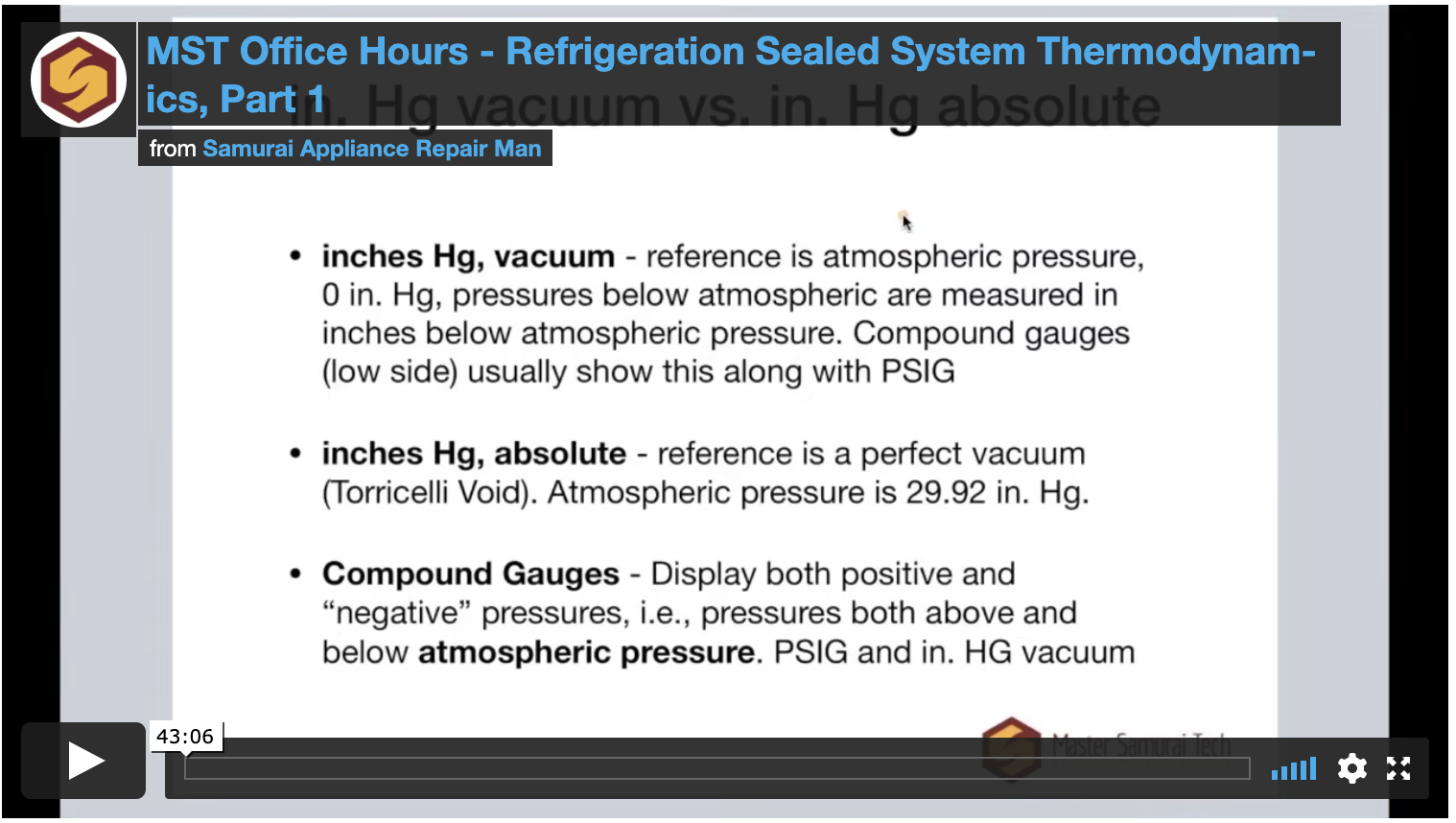
How Refrigerant Absorbs Heat Without Getting Hotter
Son of Samurai posted a blog entry in Appliance Repair Tech Tips,
-
-
- 1 reply

Picked By
Samurai Appliance Repair Man,
Voltage Dividers and how Control Boards Read Thermistor Input
Son of Samurai posted a blog entry in Appliance Repair Tech Tips,
-
-
- 4 replies

Picked By
Samurai Appliance Repair Man,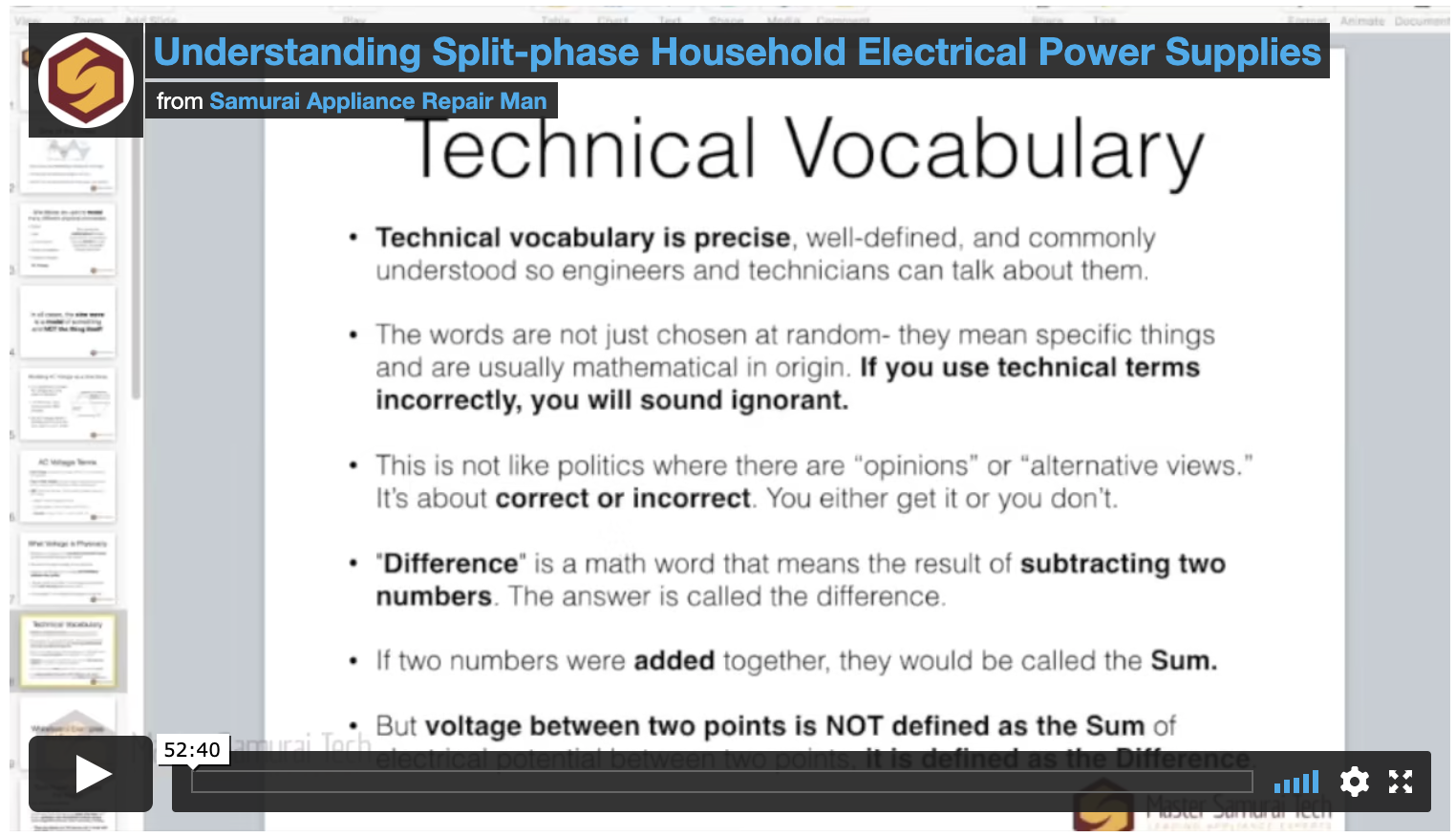
240 VAC Split-Phase Power Supplies Visualized and Explained
Son of Samurai posted a blog entry in Appliance Repair Tech Tips,
-
-
- 1 reply

Picked By
Samurai Appliance Repair Man,
“What about hands-on training?”
Samurai Appliance Repair Man posted a blog entry in Samurai Appliance Repair Man's Blog,
-
-
- 0 replies

Picked By
Samurai Appliance Repair Man,
How does this Dishwasher Motor with Triacs and Three Windings Work?
Son of Samurai posted a blog entry in Appliance Repair Tech Tips,
-
-
- 6 replies

Picked By
Samurai Appliance Repair Man,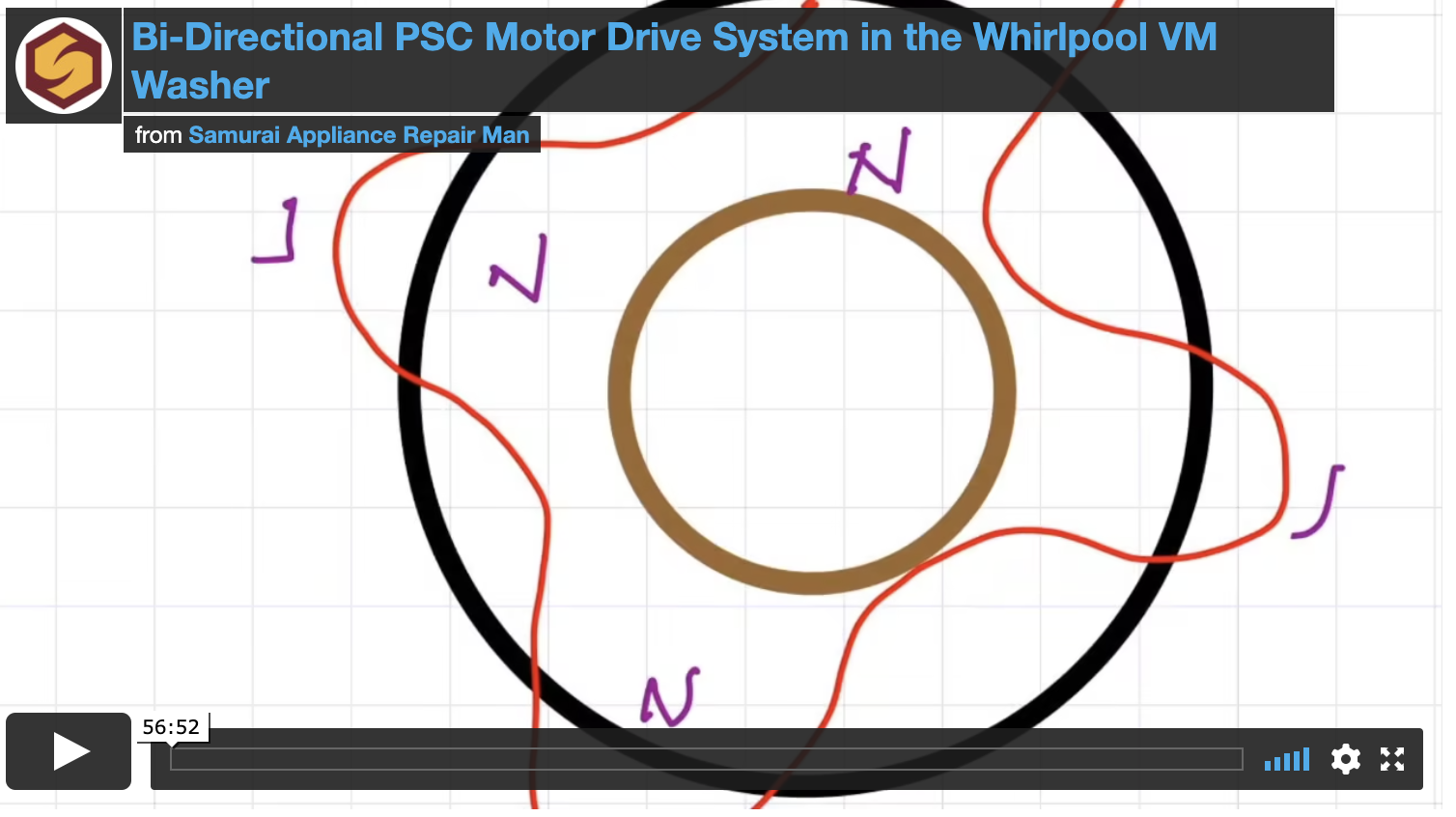
How Magnetic Fields in a Split-Phase Motor Work
Son of Samurai posted a blog entry in Appliance Repair Tech Tips,
-
-
- 0 replies

Picked By
Samurai Appliance Repair Man,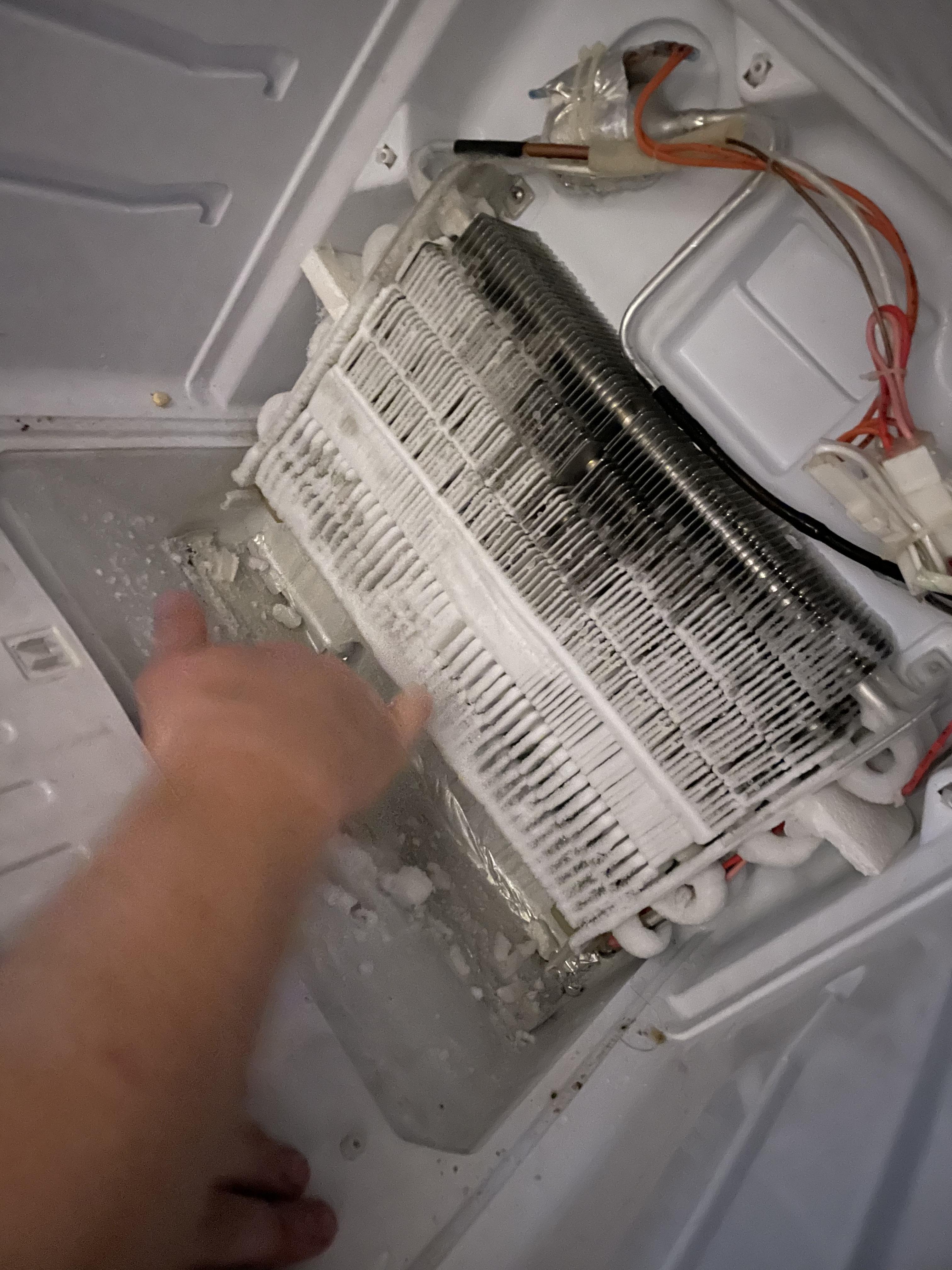
Pop Quiz: What's Wrong with this Freezer?
Son of Samurai posted a blog entry in Appliance Repair Tech Tips,
-
-
- 31 replies

Picked By
Samurai Appliance Repair Man,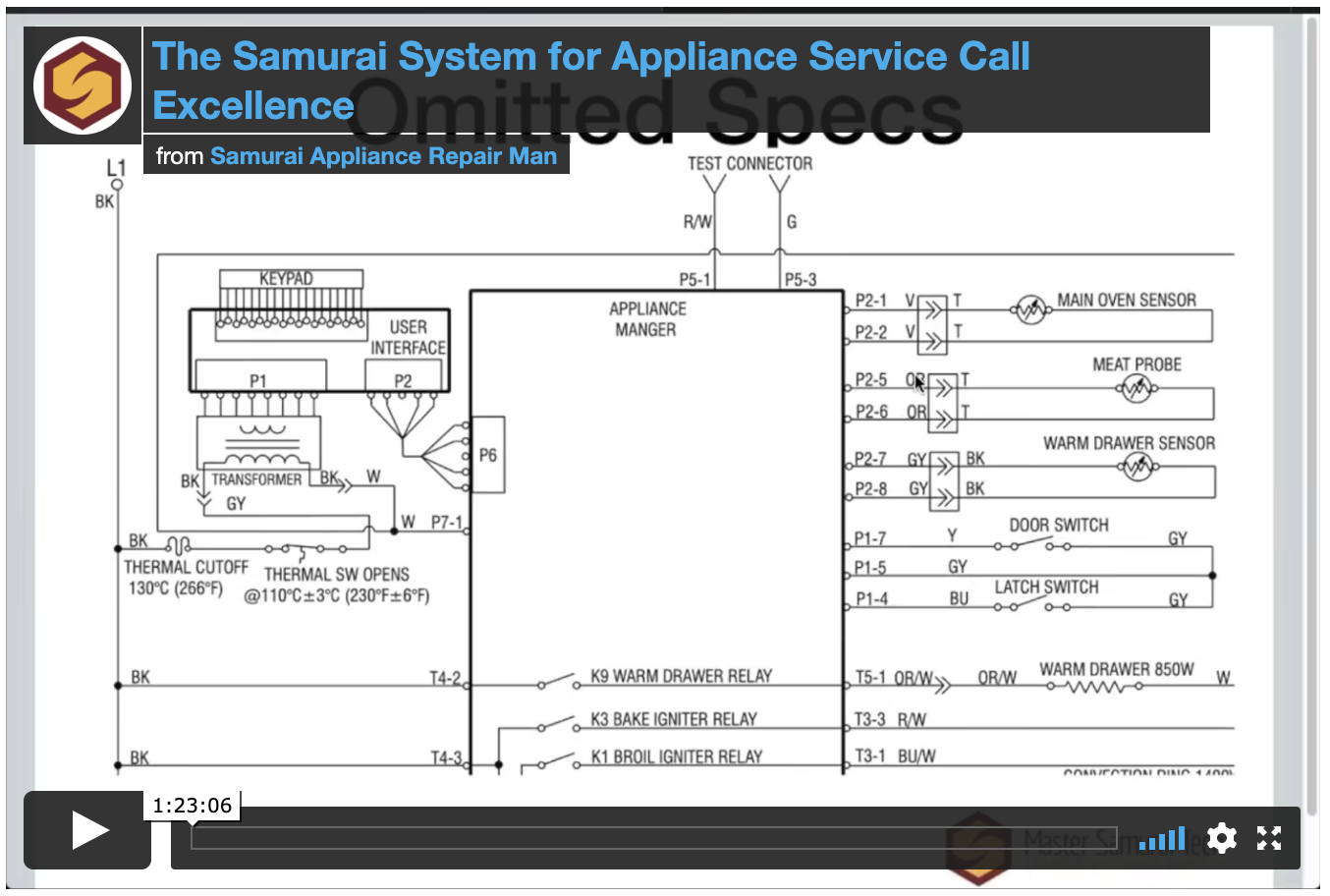
Implicit and Explicit Specs in Troubleshooting
Son of Samurai posted a blog entry in Appliance Repair Tech Tips,
-
-
- 0 replies

Picked By
Samurai Appliance Repair Man,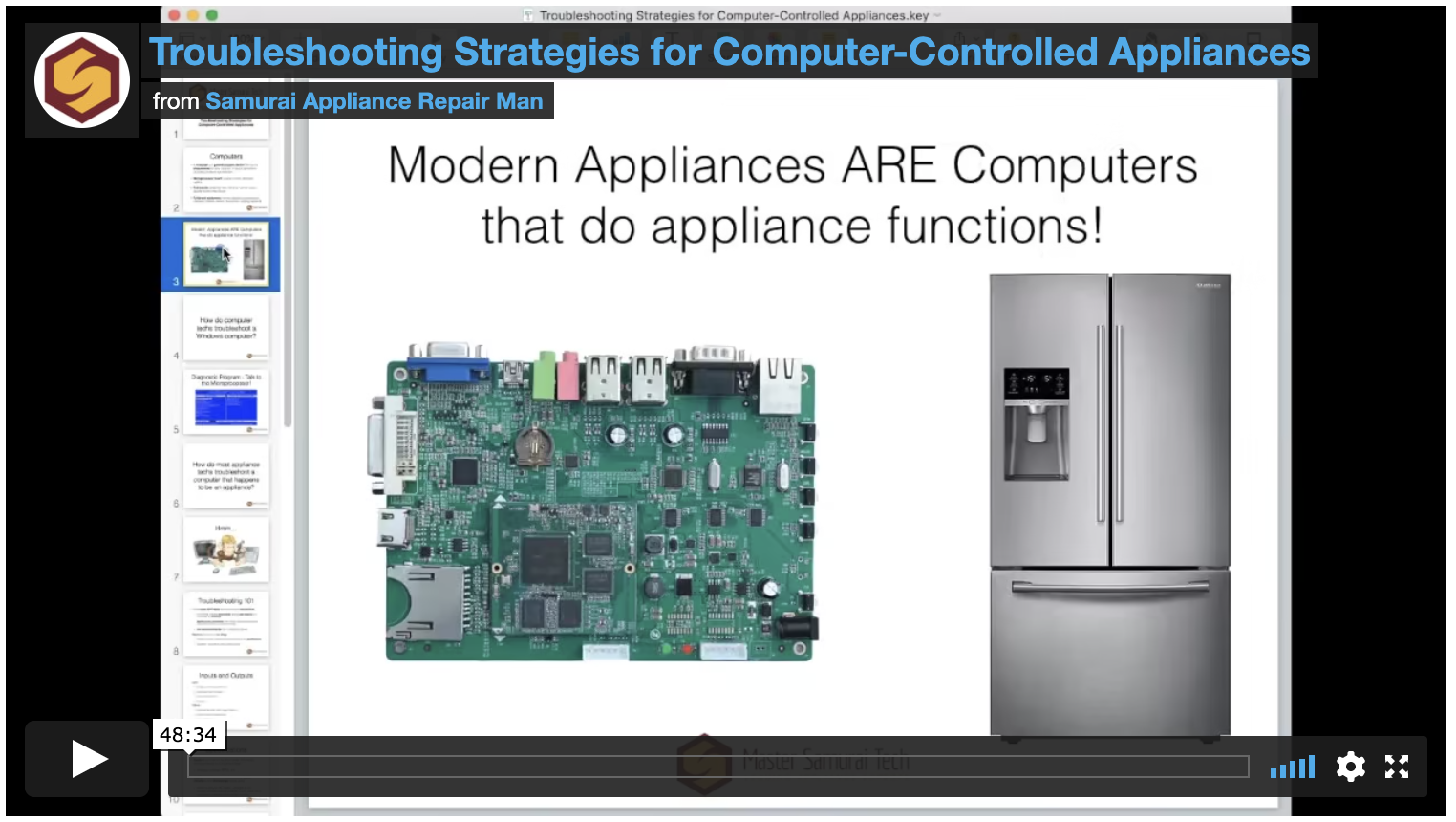
Testing for the Most Common Problem with Jazz Boards Using a Single Measurement
Son of Samurai posted a blog entry in Appliance Repair Tech Tips,
-
-
- 5 replies

Picked By
Samurai Appliance Repair Man,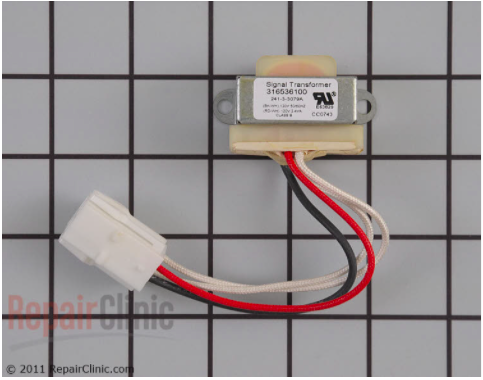
What is the Purpose of this "Signal Transformer"?
Son of Samurai posted a blog entry in Appliance Repair Tech Tips,
-
-
- 1 reply

Picked By
Samurai Appliance Repair Man,
The Schematic or the Written Directions -- Which Should You Trust?
Son of Samurai posted a blog entry in Appliance Repair Tech Tips,
-
-
- 10 replies

Picked By
Samurai Appliance Repair Man,![[Video] Control Board Troubleshooting 101: Inputs, Outputs, Pinouts, and DC Signals](https://appliantology.org/uploads/monthly_2021_05/1477990407_Screenshot2021-05-12003122.png.84837ab2833af13257cb797daa6338bb.png)
[Video] Control Board Troubleshooting 101: Inputs, Outputs, Pinouts, and DC Signals
Son of Samurai posted a blog entry in Appliance Repair Tech Tips,
-
- 0 replies

Picked By
Samurai Appliance Repair Man,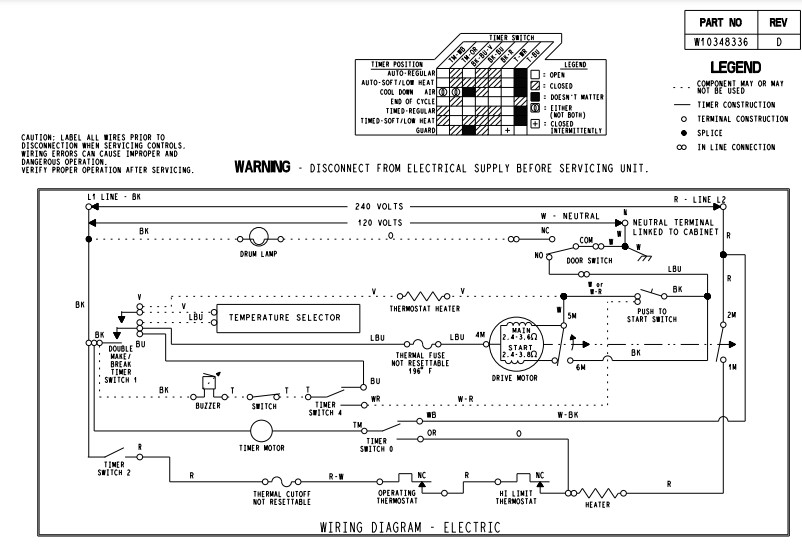
The Simple Secret Behind this Maytag Dryer Timer that Won't Advance
Son of Samurai posted a blog entry in Appliance Repair Tech Tips,
-
-
- 0 replies

Picked By
Samurai Appliance Repair Man,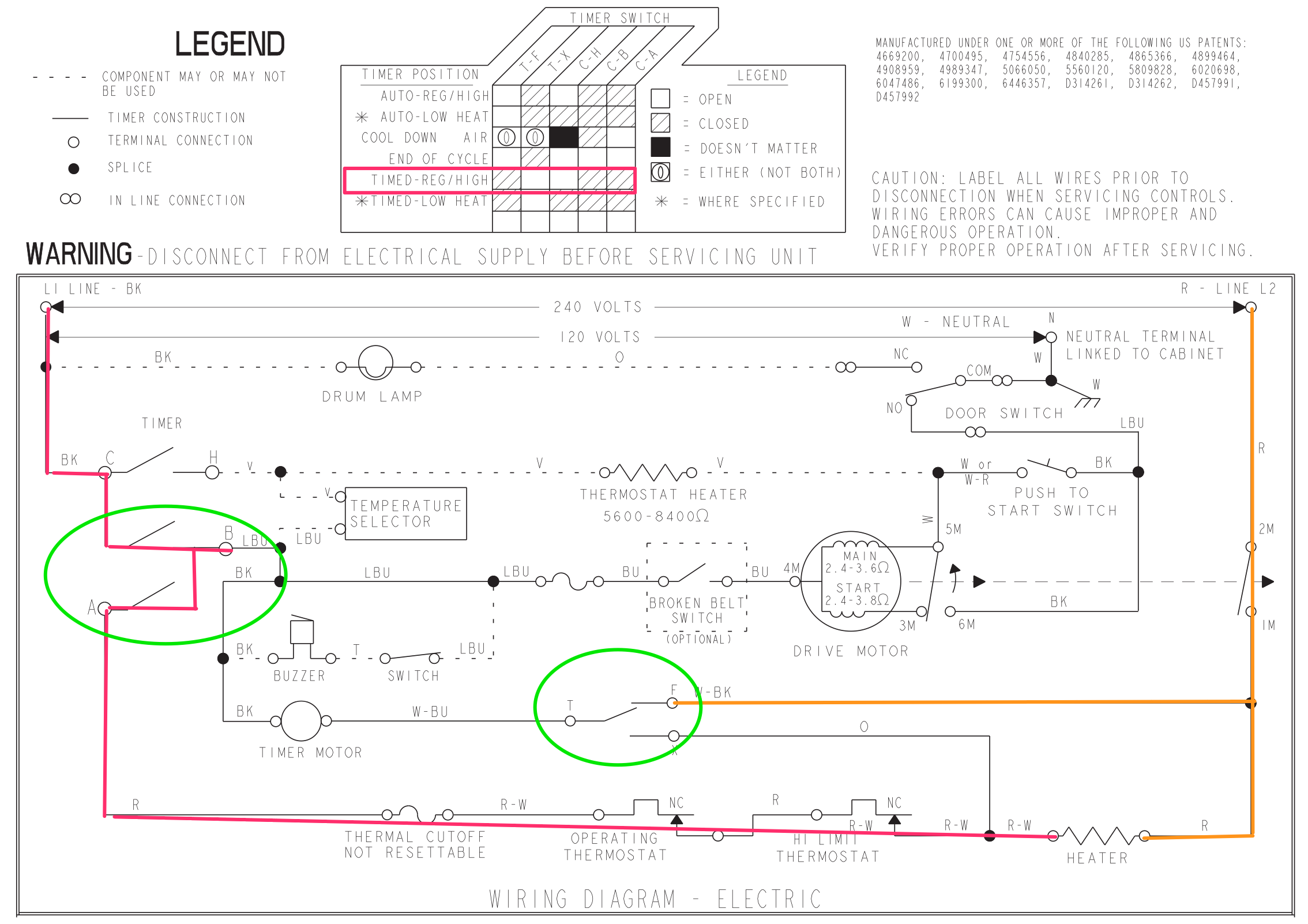
Testing for a Failed Timer with EEPs and Convenient Voltage Tests
Son of Samurai posted a blog entry in Appliance Repair Tech Tips,
But how do we test the heater's power supply? Do we have to start tearing things apart to do our tests?
-
-
- 5 replies

Picked By
Samurai Appliance Repair Man,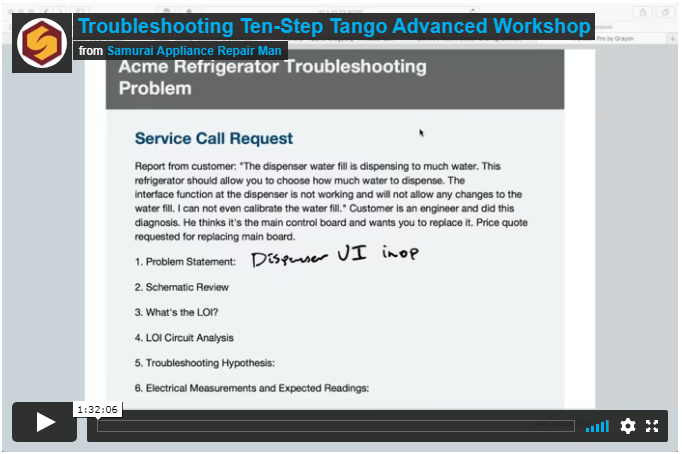
Disentangling Confusing Schematics and Customer Reports Explained in Less than 9 Minutes...
Son of Samurai posted a blog entry in Appliance Repair Tech Tips,
-
-
- 0 replies

Picked By
Samurai Appliance Repair Man,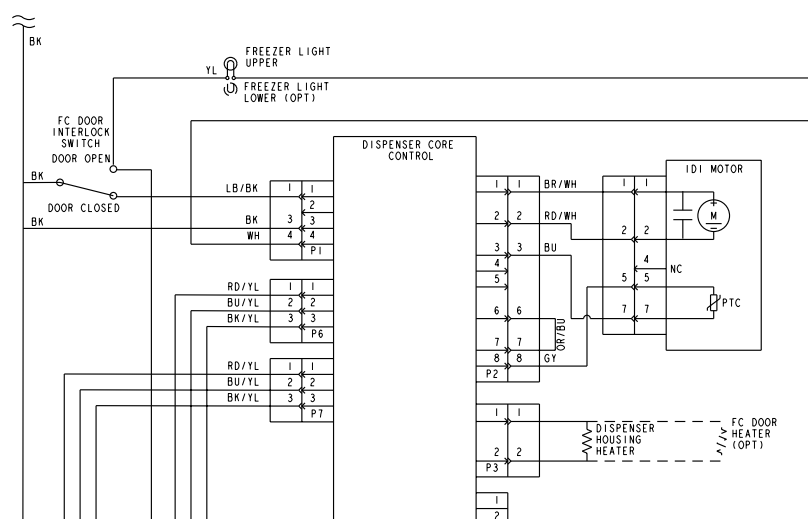
How Does this 120 VDC Ice Auger Motor Work?
Son of Samurai posted a blog entry in Appliance Repair Tech Tips,
-
-
- 8 replies

Picked By
Samurai Appliance Repair Man,
Electric Dryer Only Runs on Heat Cycles -- Solved with Schematic-Fu!
Son of Samurai posted a blog entry in Appliance Repair Tech Tips,
-
-
- 8 replies

Picked By
Samurai Appliance Repair Man,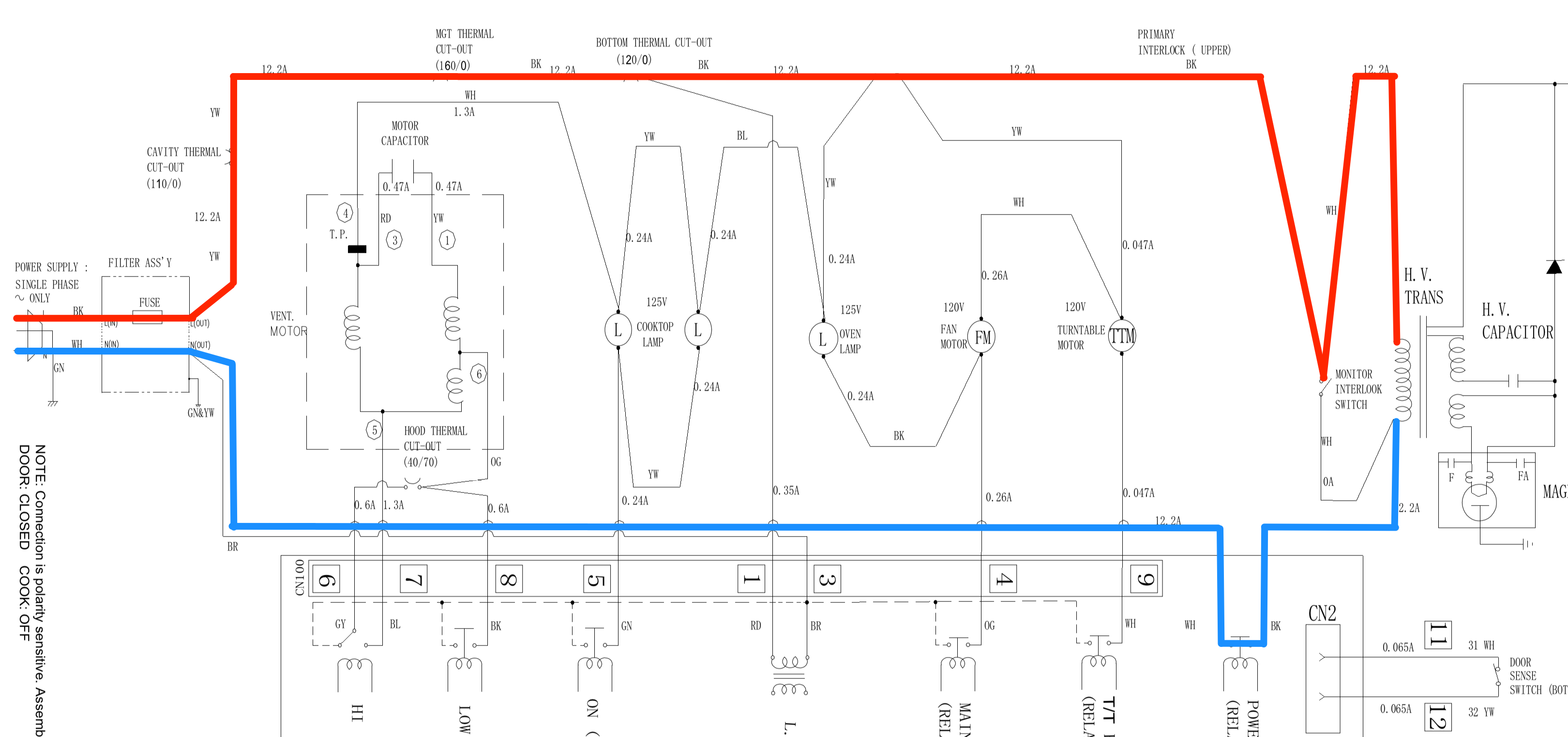
How does the Monitor Switch in a Microwave Work?
Son of Samurai posted a blog entry in Appliance Repair Tech Tips,
-
-
- 2 replies

Picked By
Samurai Appliance Repair Man,![[Full Webinar Recording] Learn How to Build a Tech From Scratch](https://appliantology.org/uploads/monthly_2019_11/PMS_MST_07092014.png.9bd5211981cdf4fd58b2c4c143abe48e.png)
[Full Webinar Recording] Learn How to Build a Tech From Scratch
Son of Samurai posted a blog entry in Appliance Repair Tech Tips,
-
-
- 0 replies

Picked By
Samurai Appliance Repair Man,
How Do Diodes Work and How Do They Affect Circuits?
Son of Samurai posted a blog entry in Appliance Repair Tech Tips,
-
- 0 replies

Picked By
Samurai Appliance Repair Man,
Bypassing the Auto Temp Control on a Whirlpool Washer
Son of Samurai posted a blog entry in Appliance Repair Tech Tips,
-
-
- 8 replies

Picked By
Samurai Appliance Repair Man,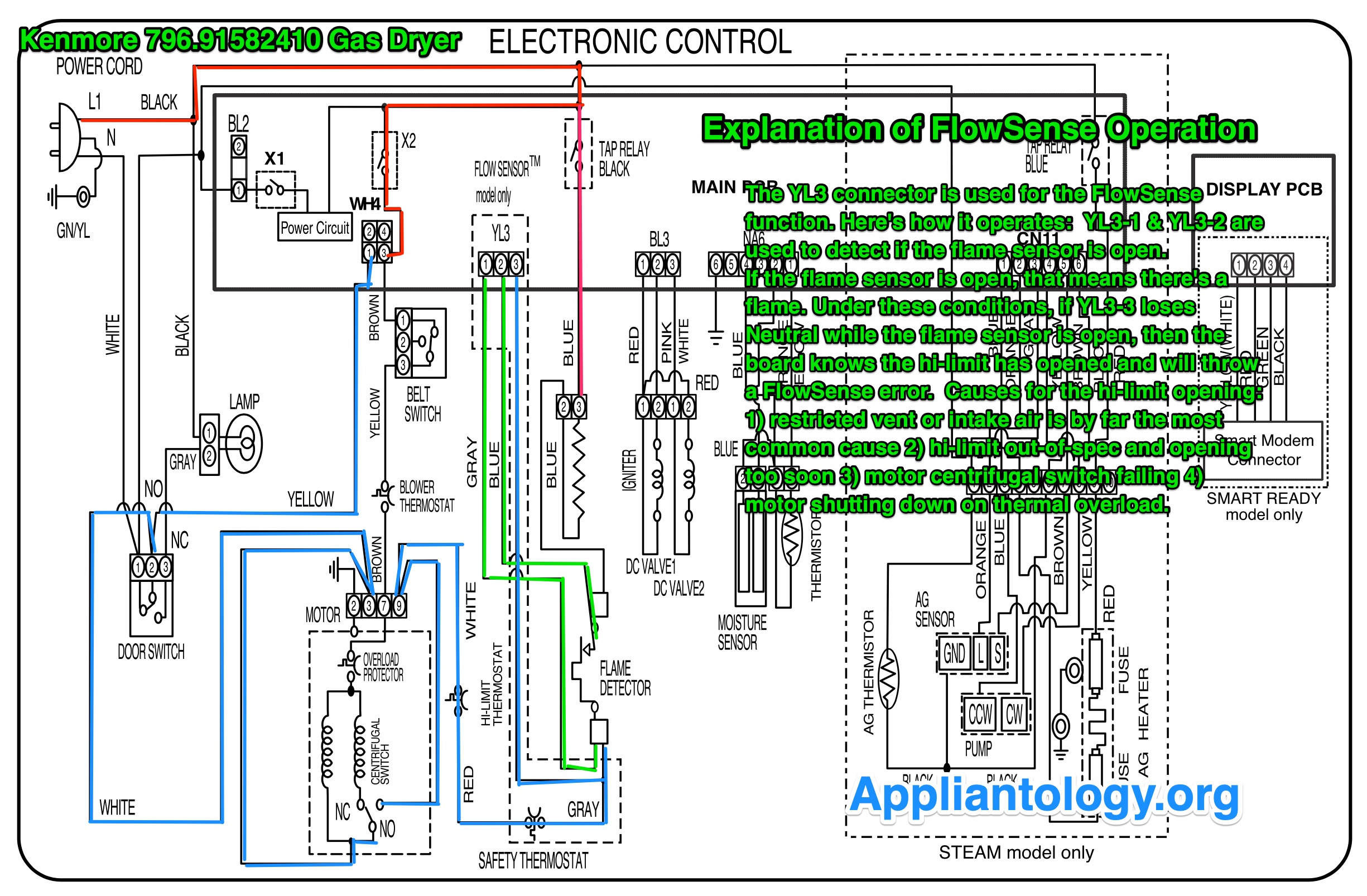
What is LG's FlowSense and How Does It Work in Gas Dryers?
Son of Samurai posted a blog entry in Appliance Repair Tech Tips,
-
-
- 4 replies

Picked By
Samurai Appliance Repair Man,
Download Service Manuals and Tech Sheets at Appliantology.org
Samurai Appliance Repair Man posted a gallery image in The Appliantology Gallery,
-
- 1 reply

Picked By
Samurai Appliance Repair Man,
Learn How to Identify the Three Kinds of Dryer Thermal Controls
Son of Samurai posted a blog entry in Appliance Repair Tech Tips,
-
-
- 0 replies

Picked By
Samurai Appliance Repair Man,
Can you Measure the Output of an Inverter?
Son of Samurai posted a blog entry in Appliance Repair Tech Tips,
-
-
- 1 reply


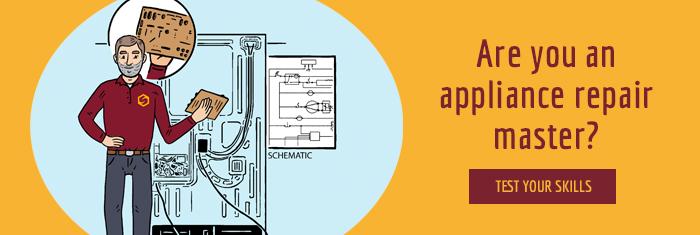

.png)
